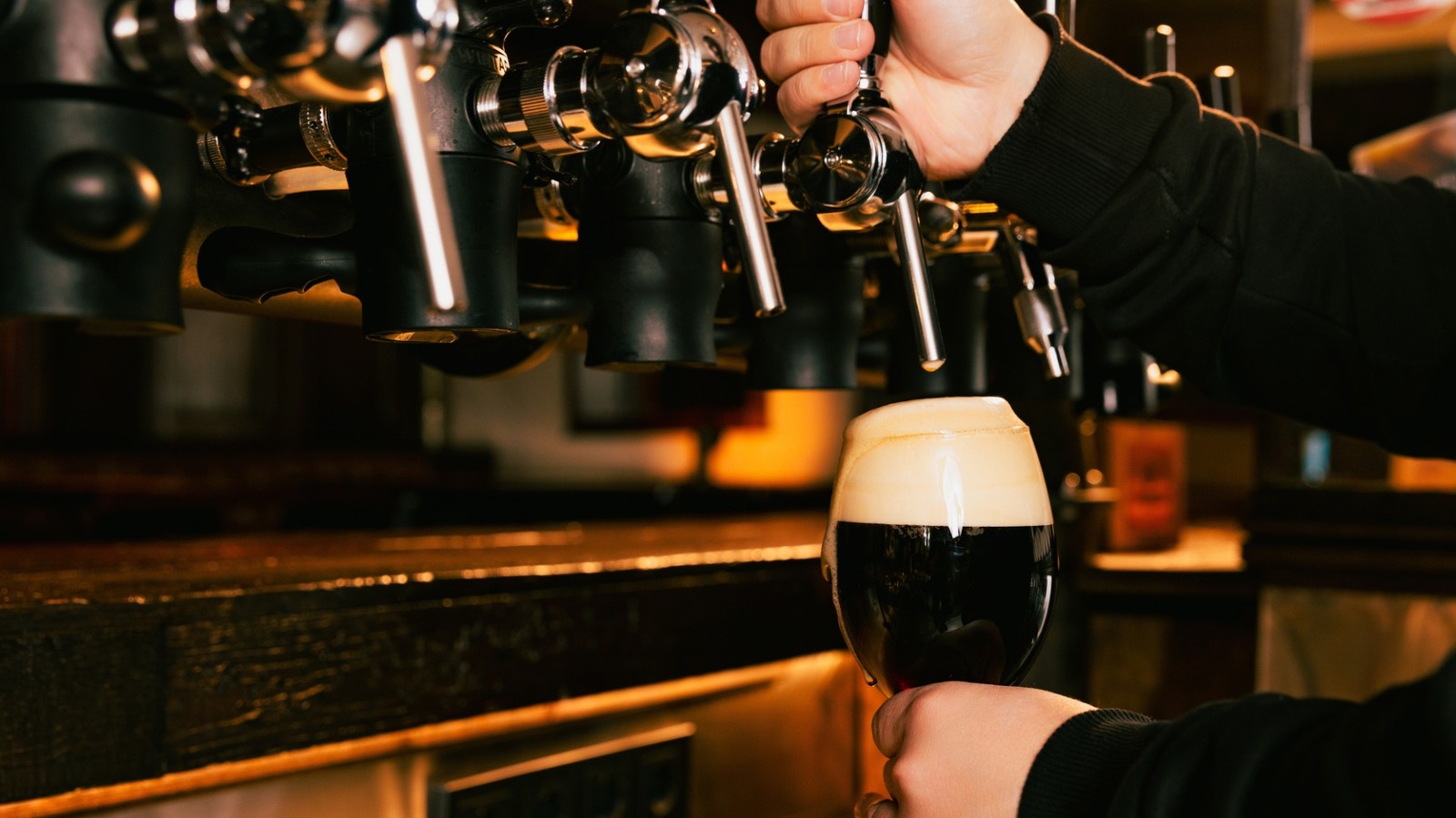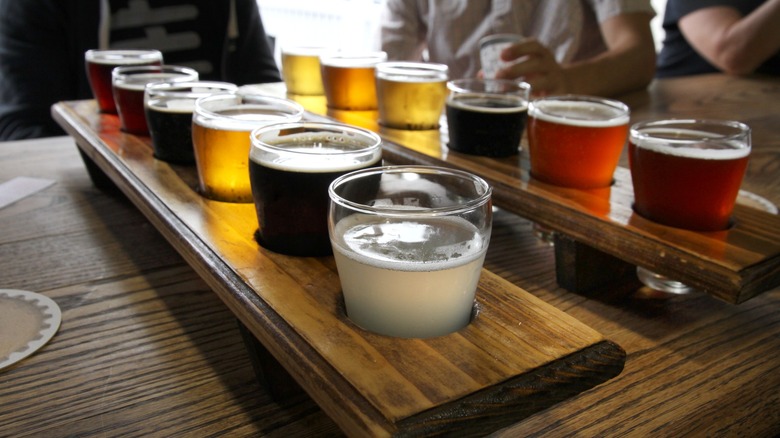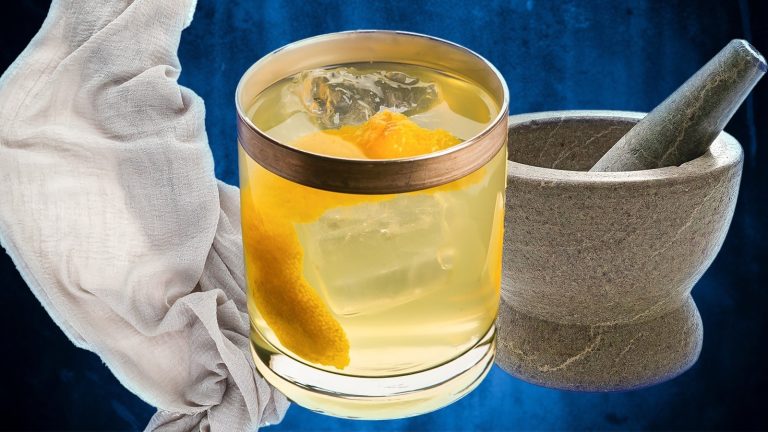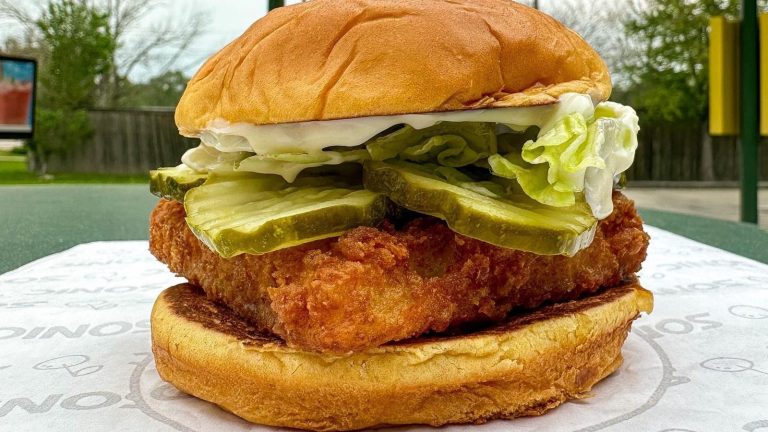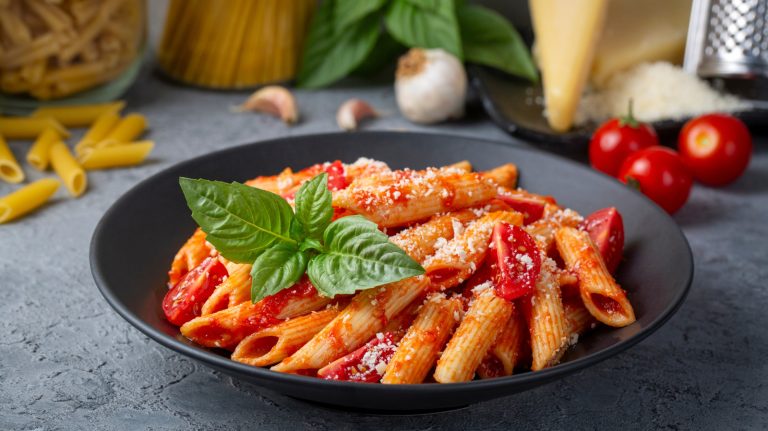Of all the cliché beer myths we need to drop, it’s the idea that dark beers are heavier to drink and more full-bodied than paler brews. A beer’s weight typically comes from its body, alcohol content, and crispness, and the factors that go into a beer’s color don’t necessarily affect these elements. In fact, some dark beers can be easier to drink than their lighter-colored cousins.
A dark beer gets its hue from its ingredients and how they’re treated. In most cases, this is a direct result of how long or how aggressively its malt is roasted. Brewers roast the malt to develop more complex flavors in the beer, such as caramel, coffee, and chocolate, but this doesn’t always make a heavier drink. An Irish dry stout like Guinness Draught, which happens to be the most popular beer in America, has a relatively deep flavor while still feeling light and velvety.
Brewers can also add flavorings that deepen the color. Earth Rider’s Duluth Coffee Pale Ale, for instance, adds roasted coffee beans to the brewing process, which darkens the beer without any impact on its drinkability. Some bars add flavored syrups that both darken the beer and make it easier to drink.
What makes beer so interesting is the immense diversity among its styles. Just as there are dark beers that feel remarkably light, such as German-style schwarzbiers, you can also come across heavy pale beers like New England IPAs. The myth that dark beers are heavier only endures because what actually affect a beer’s weight is much more complex.
Mouthfeel and alcohol content make beers heavy
Beer’s heaviness comes from the combination of its mouthfeel and strength. In general, we tend to find beers heavy when they have a fuller body, feel less crisp on the palate, and have higher alcohol content. Even then, these qualities can be completely independent of each other.
For example, a beer with higher residual sugars can have a heavier texture by making it feel stickier or thicker. These sugars are unfermented, meaning they weren’t converted to alcohol during the brewing process. At the same time, higher carbonation in the beer can cut through the stickiness of its residual sugars, making it feel lighter.
Hops also have a tremendous impact on weight. They’re the ingredient that makes beer bitter and balances out the sweetness from everything else, resulting in a crisper drink. A dark beer style with high hops, like a black IPA, will feel lighter than other beers of the same color, while a pale beer with low hops, such as a cloudy witbier, can feel a little heavier compared to something like a lager.
Perhaps the biggest factor when it comes to the weight of a beer, however, is the drinker’s tolerance for all these different qualities. What makes a beer “easy to drink” is entirely subjective. When it comes to determining drinkability — for a dark beer or otherwise — it really all comes down to how much body, crispness, alcohol content, and flavor you can handle.


